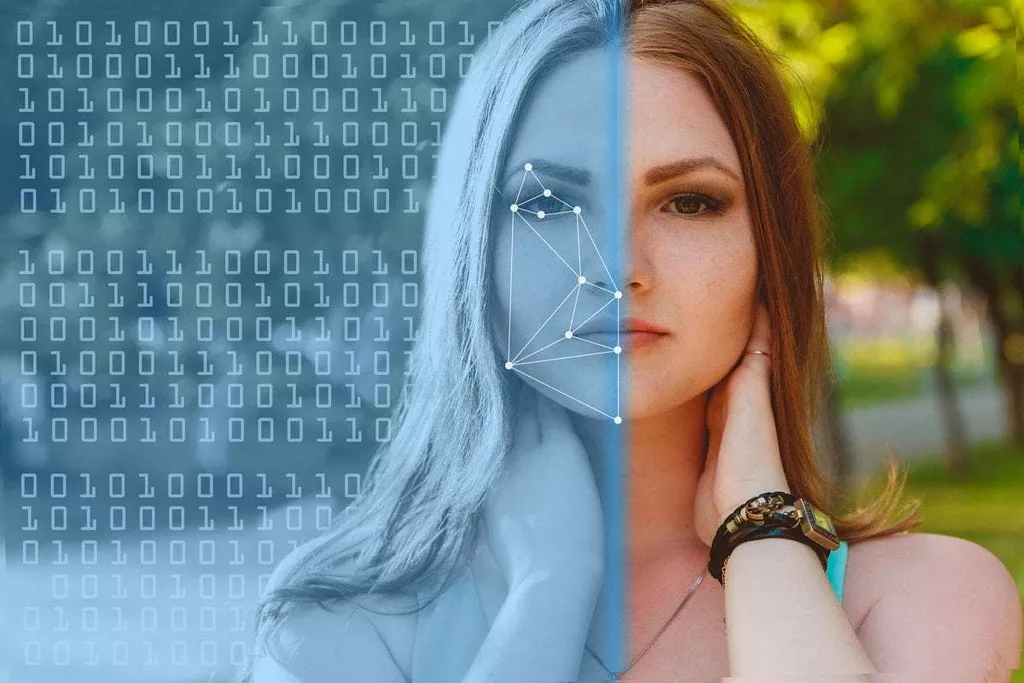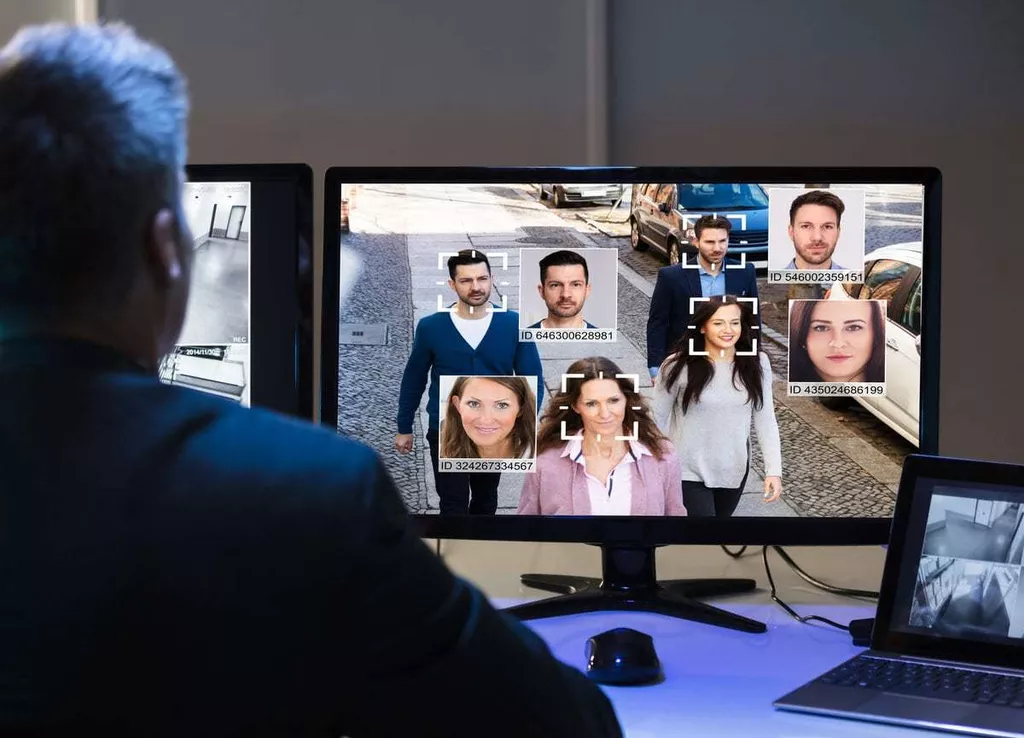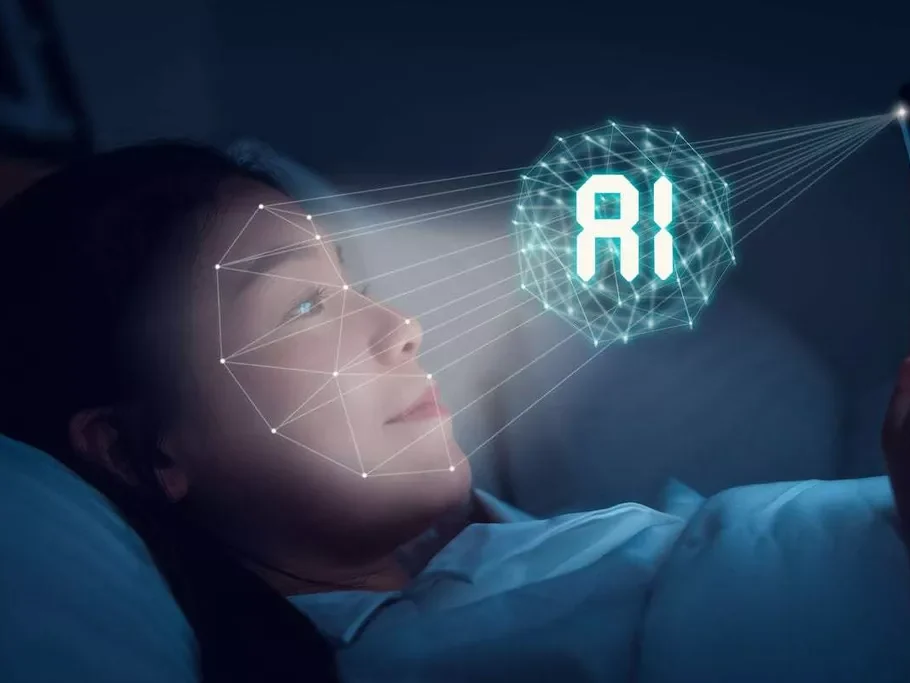Artificial intelligence advances enable engineers to create software that recognizes and describes the content of photographs and videos. Previously, technology was limited to identifying individual elements in the picture. But Stanford University and Google experts have developed new software that may identify every detail in a drawing. Innovative platforms can also create precise English captions to describe the picture.
Today there is software that mimics the human ability to observe and interpret. Such platforms may describe the content of videos and photos as accurately as possible. Let’s discuss in more detail how computer vision performs and how it can be used.
What is the definition of image recognition?
Image recognition is a subcategory of computer vision and artificial intelligence, a set of picture dressing and analysis tools to automate a particular task. It is a technique that lets you determine locations, people, objects, and other details in an image and draw conclusions based on their analysis.
Identifying a photo or video may occur with varying degrees of accuracy, depending on the type of information or concept required. Indeed, models or algorithms may notice individual elements and assign an image to a separate category.
Object recognition successfully copes with different types of work:
- Classification: a definition of the class or category to which an object belongs. An image may only have one class.
- Marking: it is another classification option, but with a greater level of accuracy. The system may identify several concepts or objects in a picture. One drawing can receive one or more tags.
- Detection: it is essential if a person needs to find an object in a photo. Once a part has been identified, a bounding box appears around it.
- Segmentation: it is another discovery task. Segmentation allows you to find a part of the image with pixel accuracy. In some situations, it is crucial to be precise, e.g., when building cars.
Sometimes people confuse image recognition and object detection. In the second case, we analyze the picture and look for different objects on it. At the same time, image recognition technology identifies elements and their classification into various categories.
How do recognition technologies work?
Many image-determined techniques include machine learning technologies and deep learning methods. The approach you take depends on the application, but the more complex the problem, the more likely you will resort to deep learning. A typical workflow of object recognition systems includes the following stages:
- Data collection and systematization: algorithms that deal with image identification require training data (video files, photos, pictures). Organizing information means classifying each picture and defining its physical properties. The machine perceives pictures as vector or bitmap images, unlike the human eye. After creating constructs that depict objects and their features, computers analyze them. It is vital to use only qualitative data to train the model; otherwise, it will not be able to recognize patterns correctly in the future.
- Model building: neural networks use the insights from the received database to form an idea of different classes. These datasets include hundreds of thousands of tagged images. The algorithm examines such datasets and determines what a particular object looks like.
- Testing the digital product: upon completion of teaching, the algorithm must be tested with images not part of the training database. It allows you to determine the model’s comfort of use, performance, and correctness. It means 80-90% of the data set is used to train the system, and the rest of the information is needed to test the algorithm. The model’s performance is evaluated by considering several factors that demonstrate the accuracy of object identification, the percentage of incorrect procedures, etc.
When recognizing images, convolutional neural networks (CNN) are actively used. CNN has no competitors in traditional machine learning technologies. Convolutional neural networks are fast and provide optimal detection results when recognizing photos using machine learning. They also detect multiple instances of objects within images, even if the drawing is deformed or resized.

The classification of image recognition systems
Several standard methods for training picture-identifying systems are supervised, unsupervised and self-supervised learning. The main difference between these three technologies lies in labeling the information used in education. Each technique has the following properties:
- Supervised learning: if you want an image classification system to identify illustrations of bananas, you can use multiple labels: banana and non-banana. If you pre-label both groups of drawings in the dataset, they will be subject to supervised learning.
- Unsupervised learning: by interacting with such a model, you may provide it with images without specifying their content. By studying their properties, the system must independently determine similar features and differences between photographs.
- Self-supervised learning: such an algorithm also uses unlabeled data, which is considered part of a subset of unsupervised learning. It is a learning task based on pseudo labels created from the data, e.g., you may use self-control to teach the computer to recreate people’s faces.
We can also divide image recognition into two separate categories: single-class and multiclass procedures. When recognizing pictures with one class, the models generate only one label for each photo. If you train an algorithm to determine apples and bananas, each image of those fruits is assigned one label. Binary classifiers use two categories (banana; no banana).
Multiclass recognition algorithms assign multiple labels to pictures. Such models typically output a confidence score for each possible class that describes the likelihood that the drawing belongs to that group.
The role of AI in image recognition
We have already talked about recognizing illustrations, but you might be interested in learning how to complete all these steps. Here is the answer to the question – perform picture identification using AI-based techniques. Artificial intelligence makes all image determine functions possible. To better understand its role in identifying an object, here are a few ways to use it:
- Face recognition: the human eye may easily distinguish between people based on their facial features. However, machines not trained to do so perceive all images similarly. Facial recognition platforms use AI-ruled technologies to display human facial features. It then compares the pictures against millions of prints in a deep-learning database to see if there are any matches. Smartphone manufacturers actively use such technology, allowing people to unlock gadgets using a face recognition sensor.
- Object identifying: specialists use several deep learning methods of detail recognition: learning algorithms from scratch and using an already trained deep learning model. With the help of AI for image recognition, developers create many valuable programs. Building applications for object identification is a challenging task that requires understanding the mathematical formulas and the basics of machine learning.
- Text Detection: artificial intelligence trains an image recognition platform to look for text in pictures. In the age of high technology, humanity mainly uses digital messages since they can be easily shared and edited. However, we still have insights on paper. Society owns many historical documents and books that must be digitized.
AI for image recognition has many applications in real life. From facial identification to influencer marketing, AI stamp recognition in supply and logistics operations, Google Vision to process archival photographs, and many other technologies, picture identification works worldwide.
The most common applications of artificial intelligence in image recognition include text recognition, object and pattern determination, drawing analysis, etc. Below we will look at how these technologies work in different areas of human life.
Use cases of image recognition
As the technological potential develops, the availability and usability of neural systems for the general population also increases. In the distant past, there were times when only professionals in artificial intelligence and machine learning could use picture identification models. Thanks to the simple and comfortable interface of photo platforms, today, such applications are used to solve a large number of tasks:
- Healthcare: image recognition is actively used worldwide to detect brain tumors, cancer, and other serious diseases. Identification techniques help clinicians look for abnormalities and make accurate diagnoses to improve overall results processing efficiency.
- Manufacturing: models can be trained by creating databases of images of the correct products so that machines can quickly identify any unusable items by looking for defects. Over time, these pictures can be grouped by classifying defects to make it easier for manufacturers to fix them.
- Games: image recognition has changed the scale of the gaming industry. Advanced technology allows players to use their current location as a battlefield for virtual adventures.
- Autonomous vehicles: every year, driving becomes more and more independent. Modern cars are equipped with image recognition technologies that allow them to perceive and interpret their environment (other cars, pedestrians, cyclists, and traffic signs) in real time. AI-backed technology helps minimize human error and reduces the number of traffic accidents.
- Education: online learning has become more popular over the years, but in such scenarios, it is not easy to track the reaction of students who use their video cameras. Algorithms of neural systems allow you to control the involvement of students in the process, their facial expressions, and their body language. Image recognition also lets to digitize educational materials.
- Fraud detection: detecting various kinds of fraud is of paramount importance. With advanced image identification technologies, you may automate and quickly find illegal schemes. Using picture recognition to work with checks and other documents sent to a bank is one of the most popular options to detect unlawful activity.
- Assistance for visually impaired users: drawing recognition approach generally aims to solve the problems of visually impaired people by offering alternative sensory data, e.g., sound and touch. Facebook/Meta Corporation was one of the first to implement such technology. In 2016, the organization added a feature for visually impaired people called «Automatic Alternative Text». It uses AI-ruled technology to describe the content of the photo.
- E-commerce: image recognition products make virtual shopping as fast and easy as possible. For instance, the smartphone app from fashion brand ASOS invites people to take pictures of things they like on the go or upload screenshots from different sites. AI for image recognition scans photographs and displays similar products that you can buy in ASOS stores.
The use cases for image recognition are almost limitless as platforms allow users to teach models based on their needs. If the user has a collection of relevant photos, he follows the step-by-step instruction to prepare the picture-identifying model. Although computer vision technologies are still in development and have some challenges, including privacy, it is expected that, over time, specialists will be able to solve these problems and unlock the full potential of this technology.

Advantages of adopting AI-ruled image recognition programs in the business
Thanks to a customizable computer vision system, you may achieve different levels of automation, from invisible functions to global changes on the scale of large corporations. It significantly reduces the effort on the person’s part. Let’s discuss other benefits of implementing intelligent systems for image recognition:
- Automated systems reduce the period required to complete specific tasks, e.g., identity verification or signature verification. By entrusting the execution of routine work to a machine, you will allow living employees to work on solving more complex, creative tasks.
- Modern AI-based image recognition platforms are much faster and more accurate than humans. Smart systems allow one to complete more tasks quickly and cut other costs, including labor expenses.
- Real-time visual analysis of information provides entrepreneurs with actionable data to make faster decisions based on the insights obtained from image recognition tools. Some of the important information about customer behavior can be leveraged to provide targeted content, personalized customer interactions, and increase a company’s visibility, engagement, and profitability.
Only some firms plan to hire image recognition experts or invest in building a team of computer vision engineers. However, the task is wider than the search for specialists since a considerable amount of work must be done to complete the tasks correctly. Hosted API services can become a reliable assistant in this matter. They are cloud-based and offer customizable turnkey solutions that can be used to build individual functions, an entire business, or integrate with other platforms.
Some challenges of image recognition
Advanced applications for object detection are actively used in many industries. Despite the impressive progress that has been made in computer vision over the past decade, getting started with this technology is still not easy. Let’s discuss the fundamental challenges faced by image recognition programs:
- Changing the point of view: objects viewed from different angles can look different. If you plan on spotting particular objects, consider whether you may control the vantage point. If not, your algorithm needs data from multiple perspectives to generalize from all possible viewpoints.
- Rescaling: resizing may significantly affect the classification of objects in the picture. The image appears large as you get closer to it and shrinks as you get farther away, resulting in poor accuracy of the results.
- Deformation: objects do not change even if they are deformed. The platform is trained on images and concludes that a particular thing may have a specific shape. However, in the real world, the shape of the object and pictures change, which can distort the results provided by the system.
- Interclass variation: specific items within a class can have different modifications. They may have different sizes and shapes but belong to the same group, e.g., tables, chairs, cups, and mirrors may look different.
- Occlusion: sometimes, an object blocks the full view, so the system receives unburned data. Developing a model sensitive to these constraints is crucial and includes many sample data.
It is necessary to use different modifications of items within the same class in the algorithm process to avoid problems. Available improvements ensure the model can predict accurate results when tested on sample data. Fortunately, today’s software developers have access to substantial open databases that allow them to predict what’s in the picture accurately.
The future of image recognition
Thanks to constant research and new technical developments, the functionality of computer vision is constantly expanding, and this trend will continue in the future.
Computer vision techniques will simplify learning and will be able to distinguish even more images than today. In the coming years, they will be successfully combined with other AI-backed systems to create more powerful platforms.
Computer vision will become an essential element of artificial general intelligence (AGI) and artificial superintelligence (ASi), allowing them to process data faster and more efficiently than human eyes and brains. Image recognition algorithms will learn to make predictions by training on many visual media.
Let’s discuss several options for how advanced technology can predict events:
- Erosion of the oceans: coastal and computational hydraulics experts from North Carolina, USA, created the XBeach computer vision algorithm to control flooding and erosion during natural disasters. AI-based tools will help experts calculate the period of the next storm and reduce its negative impact on the environment.
- Deforestation: thanks to computer vision, which has been trained using satellite photographs and other visual information from our planet, specialists can observe areas with a high risk of deforestation. Technologies help detect and analyze emergencies and stop illegal activities before damage occurs.
- Food production: the main feature of modern agriculture is the cultivation of one crop on large plots, but smart programs can tell farmers how to better manage crop diversity by providing data on what and when to plant. With the addition of machine learning, it will be possible to make accurate yield predictions and analyze the condition of plants and livestock.
Image recognition identifies and classifies objects, patterns, and textures in pictures. Such technology has been widely applied in different areas, including medicine, marketing, transportation, sales, etc. It can be used to identify objects in pictures to classify them for future use, such as distinguishing different types of flowers or distinguishing a mango from an orange.
Picture recognition is one of the most important modern technologies. It helps solve many problems, e.g., improving medicine through early and accurate diagnosis of diseases such as cancer and detecting fraudulent schemes through picture analysis on banknotes.
